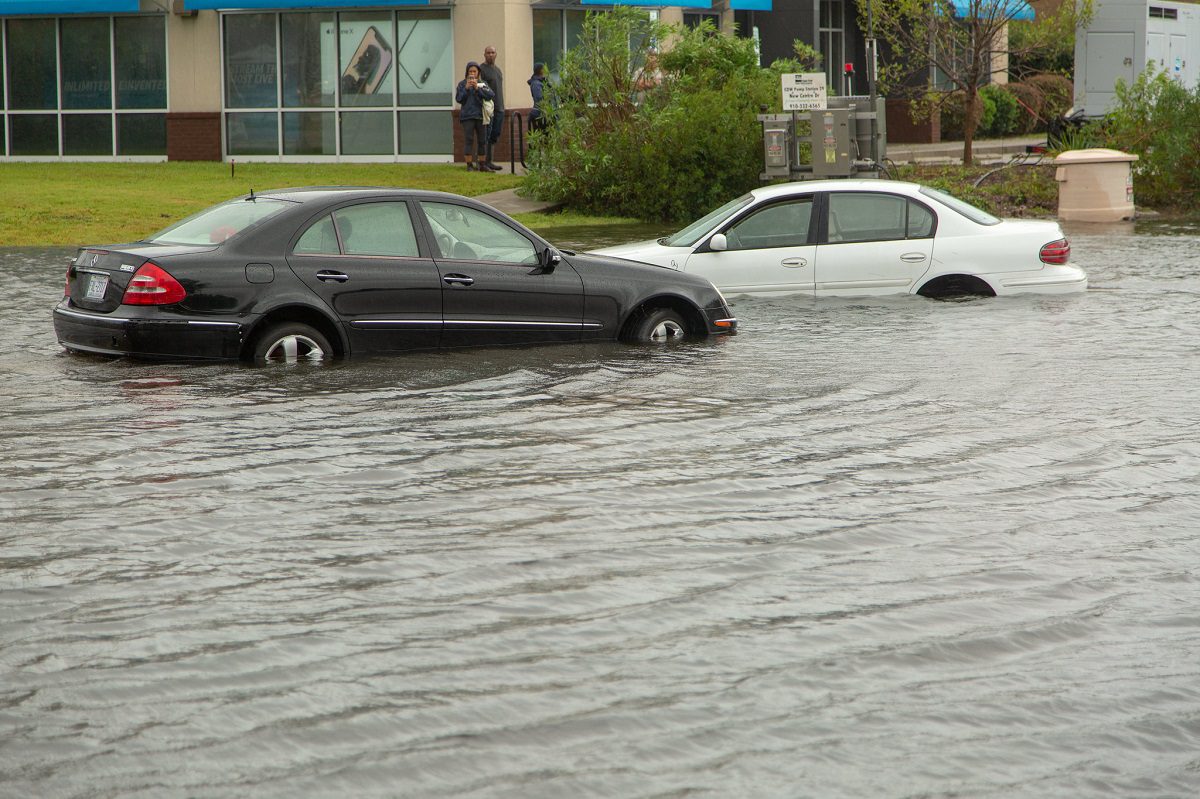
A new regional plan aims to protect vitally important salt marsh habitats.
The South Atlantic Salt Marsh Initiative was unveiled Wednesday.
Supporter Spotlight
Salt marshes are known for their value in reducing flooding and erosion while providing wildlife and fish habitats important for recreational and commercial fishing, hunting, birding, eco-tourism and other activities that support coastal businesses and economies.
The voluntary plan to maintain and enhance the productivity and benefits of a million acres of salt marsh from North Carolina to east-central Florida includes strategies, objectives and actions ranging from living shorelines to conserving natural land near marshes so the tidal wetlands can move inland as sea levels rise.
The plan includes suggestions for securing funding, improving land use planning processes, and educating and engaging communities in salt marsh conservation projects.
South Atlantic Salt Marsh Initiative was developed over two years by a coalition of more than 300 military and government officials, community leaders, conservationists, scientists, fishermen and others, including the North Carolina Coastal Federation, which publishes Coastal Review. The nonprofit organization is leading the initiative for the North Carolina Salt Marsh Conservation Action Plan, expected to be released this fall.
The initiative will work with its partners throughout the region to implement the plan over the next five years. Initial meetings will be scheduled in each state in the coming months to discuss the plan and develop the next steps.
Supporter Spotlight
The coalition was brought together by The Pew Charitable Trusts and the Southeast Regional Partnership for Planning and Sustainability, or SERPPAS, whose members include the U.S. Department of Defense and other federal agencies along with state environmental and natural resource officials from across the Southeast.
The Defense Department hosts more than a dozen installations on or near the Southeast Coast and some, such as Parris Island Marine Corps Recruit Depot in South Carolina, already are experiencing flooding and other effects of rising seas.
“The Department of Defense relies on healthy, functioning ecosystems to support our mission readiness. But these ecosystems and the services they provide are changing rapidly, and no entity, area or activity is going to be immune to effects of these changes,” said SERPPAS principal co-chair and Deputy Assistant Secretary of Defense for Environment and Energy Resilience Richard Kidd.
“Specifically, for military installations along the coasts, the DoD is concerned about saltwater intrusion, sea level rise, and storm surge. As the sea advances and salt marshes migrate it compresses existing infrastructure and encroaches on our installations,” he said. “So, we need to not only preserve salt marsh to serve as a buffer for our installations but also ensure that migration can occur without conflicting other land uses. We know it’s going to take cooperation and partnerships to address these issues, and this conservation plan is a significant step toward planning for the future.”
The South Atlantic coast is home to millions of coastal residents, including the Gullah/Geechee Nation, who are descendants of enslaved Africans and indigenous Americans who are linked with the salt marsh. Chieftess Queen Quet, who works to protect the sacred lands and waterways of her people, served on the initiative’s steering committee because she recognizes the value of salt marshes to the sustainability of her homeland, for food security and Gullah/Geechee spiritual practices.
The North Carolina Salt Marsh Conservation Action Plan is to provide a detailed geospatial analysis of the current and future projections of salt marsh gain or loss, a reference guide of potential priority strategies for marsh restoration and migration facilitation, and a local stakeholder-informed plan to begin implementation of specific actions.
“No wetlands means no seafood,” said Coastal Federation Executive Director Todd Miller. “Now we have a strategy to perpetuate the many benefits of our salt marshes even as the sea level rises and there are more intense storms caused by global warming. We must work quickly if our marshes are to adapt and survive these climate changes.”








